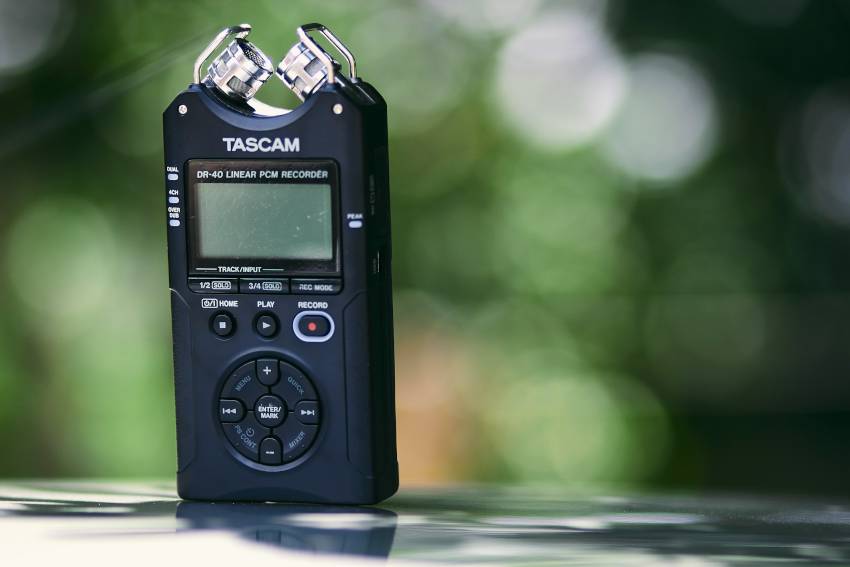How to Log with CloudWatch Logs, ASP.NET and Log4Net
The Apache Software Foundation’s Logging Services project aims to provide a group of cross-language logging services that allows producers of software to debug and audit their software. The project includes Log4j, Log4j Audit, Log4j Kotlin, Log4j Scala, Log4cxx, Log4Net and Log4PHP.
We’ll spend our time in this tutorial with Log4Net, the .NET port of Log4j. We’ll build a very basic API application to demonstrate how .NET apps can use Log4Net to output logs to Amazon CloudWatch Logs.








